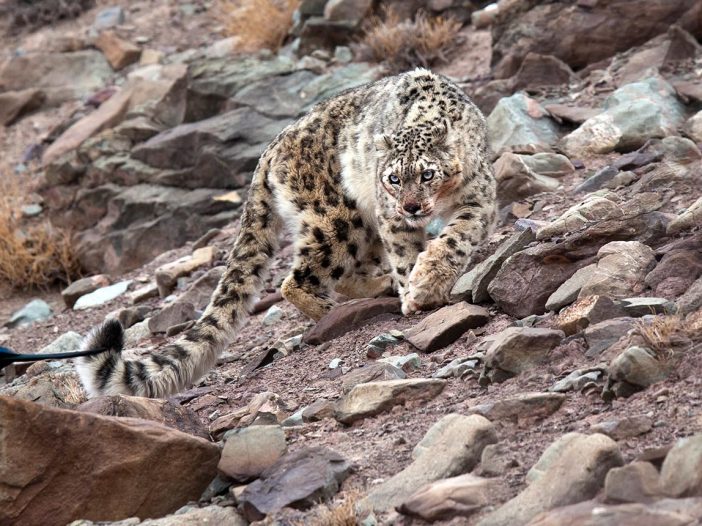

Three Distinct Expeditions. One Epic Wildlife Adventure.
Snow Leopards | Bengal Tigers | Red Pandas
Led by Sangeeta Sahaya | February – March 2026 | Join One, Two, or All Three

Why Travel to India with the Chalo Explorers Club?
From the high Himalayas to the deep jungles of Central India and the misty ridges of the East, India offers a wildlife experience like no other—remote landscapes, ancient cultures, and some of the rarest species on Earth. These journeys are crafted not as simple sightseeing tours, but as immersive expeditions led by veteran naturalists and guides, each handpicked for their intimate knowledge of the terrain.
With the Chalo Explorers Club and Wild World India, you’ll track Snow Leopards in Ladakh, venture into tiger country in Tadoba and Pench, and quietly follow Red Pandas through bamboo thickets in Singalila—all with the support of exceptional accommodations, seamless logistics, and a commitment to conservation.
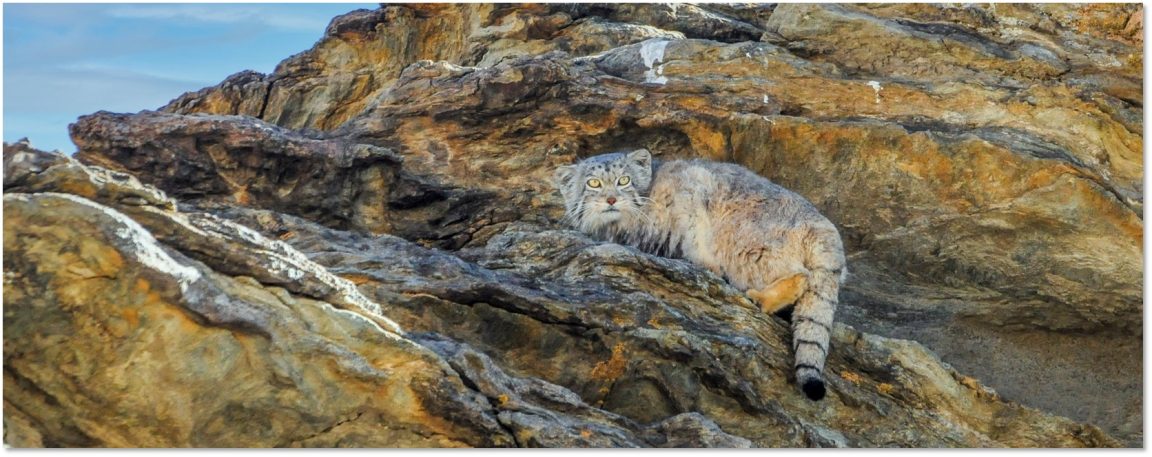
1. The Snow Leopard Expedition
Feb 17 – Mar 3, 2026 | USD 8,740 per person
15 Days / 14 Nights | Starts and ends in Delhi
Set in the stark beauty of Ladakh’s alpine wilderness, this expedition focuses on the elusive Snow Leopard, a species so rare that many call it the “Ghost of the Mountains.” Alongside the Snow Leopard, we’ll search for Pallas’s Cat, Siberian Lynx, and Tibetan Wolf in Hemis National Park and Hanle Valley.
Led by expert trackers and supported by 4WD vehicles, this journey offers a deep dive into Himalayan ecology and culture—with time for Buddhist monastery visits, sunrises over the Ladakh Range, and a taste of life in high-altitude homestays.
- Fitness level: Moderate (walking involved; optional hikes)
- Accommodation: The House of Rumbak Wildlife Lodge, Chospa Hotel, Hanle Homestay
- More details: https://www.chaloafrica.com/safari-tours/snow-leopard-expedition-15-days-14-nights-march-2026/
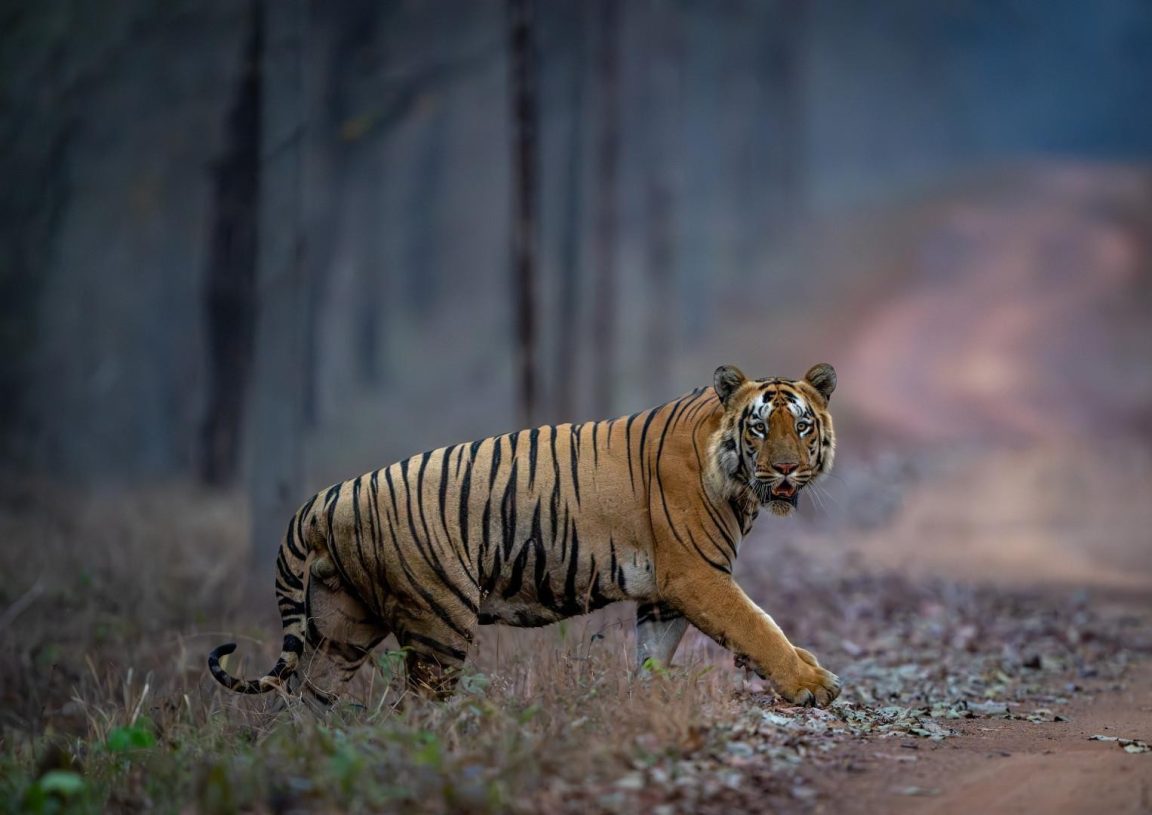
2. Central India Tiger Safari
Mar 3 – Mar 11, 2026 | USD 6,190 per person
9 Days / 8 Nights | Delhi → Tadoba → Pench → Delhi
From the cold heights of Ladakh, we descend into the warm forests of Tadoba and Pench Tiger Reserves, two of the best places in India to see the Royal Bengal Tiger in the wild. You’ll also encounter Sloth Bears, Indian Wild Dogs, Leopards, and even the rare melanistic Black Panther.
Beyond the big cats, you’ll enjoy a birdwatcher’s paradise—Mottled Wood Owls, Painted Spurfowl, Indian Nightjars, and Malabar Pied Hornbills abound. Game drives take place in open 4WD vehicles, with an included night safari in Pench for nocturnal species like Rusty-Spotted Cats and Civets.
- Fitness level: Easy
- Temperature: 20–30°C; dry season ideal for wildlife viewing
- Accommodation: Svasara Jungle Lodge (Tadoba), Pench Tree Lodge
- More details: https://www.chaloafrica.com/safari-tours/a-central-indian-tiger-safari-9-days-march-2026/
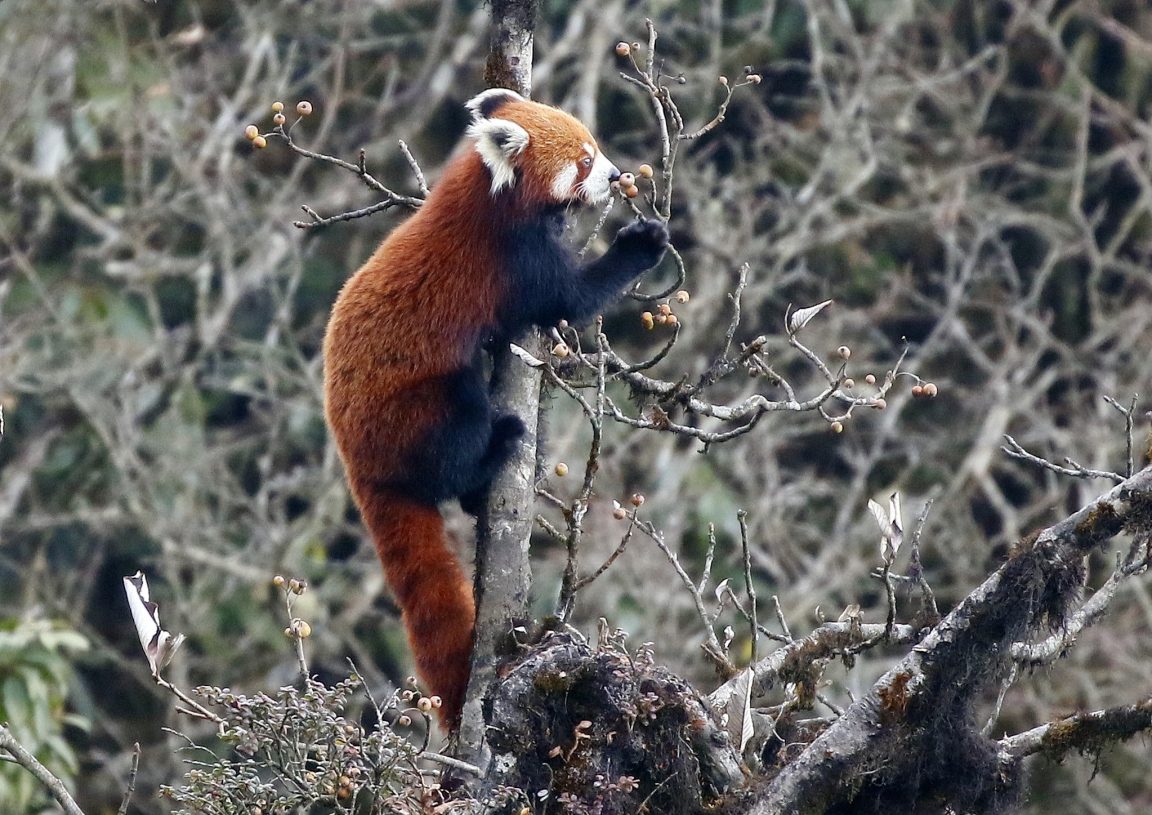
3. Red Panda Expedition & Darjeeling Extension
Mar 11 – Mar 19, 2026 | USD 6,580 per person
9 Days / 8 Nights | Delhi → Singalila National Park → Darjeeling → Delhi
High in the Eastern Himalayas lies Singalila National Park, one of the few places on Earth where you can spot the charismatic Red Panda in its natural habitat. Quiet and shy, Red Pandas spend their time in mossy oak forests and bamboo groves—tracked with help from our skilled local guides.
We’ll spend four days searching for pandas, yellow-throated martens, and Himalayan birds like the Satyr Tragopan, Blood Pheasant, and Fire-tailed Myzornis, before moving to the colonial hill town of Darjeeling. There, unwind at Glenburn Tea Estate, enjoy a sunrise over Kangchenjunga, and sip fresh Darjeeling tea amid emerald slopes.
- Fitness level: Easy to Moderate
- Temperature: 10–18°C; mountain weather, generally clear in March
- Accommodation: Shikhar Tarry Lodge (Singalila), Glenburn Tea Estate (Darjeeling)
- More details: https://www.chaloafrica.com/safari-tours/eastern-india-natural-cultural-highlights-red-panda-2026/
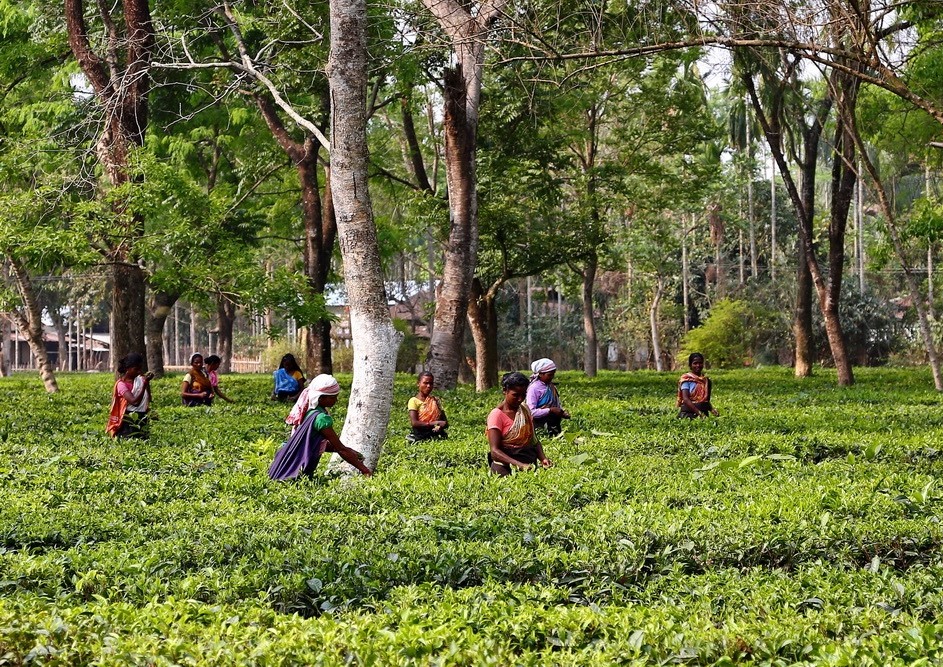
Best Time to Visit India (and Why February–March is Perfect)
India’s wildlife viewing season runs from November to April, but February and March offer the ideal balance of weather and wildlife activity across the regions we explore.
In Ladakh, winter snow pushes prey species like Blue Sheep and Urial to lower elevations, which draws the Snow Leopard closer to human observation zones. These months are cold, but also deliver the best chance to see this elusive cat in the wild.
In Central India, the dry season culminates in March, concentrating wildlife around waterholes and making tiger sightings more frequent. The temperature remains comfortable and visibility through the dry forest is excellent.
In Eastern India, March brings the best weather for trekking and wildlife tracking in Singalila National Park. Visibility is high, skies are generally clear, and rhododendrons start to bloom. This creates ideal conditions for observing Red Pandas and migratory birds.
Our itineraries are timed precisely to capture this short but spectacular window for wildlife lovers.
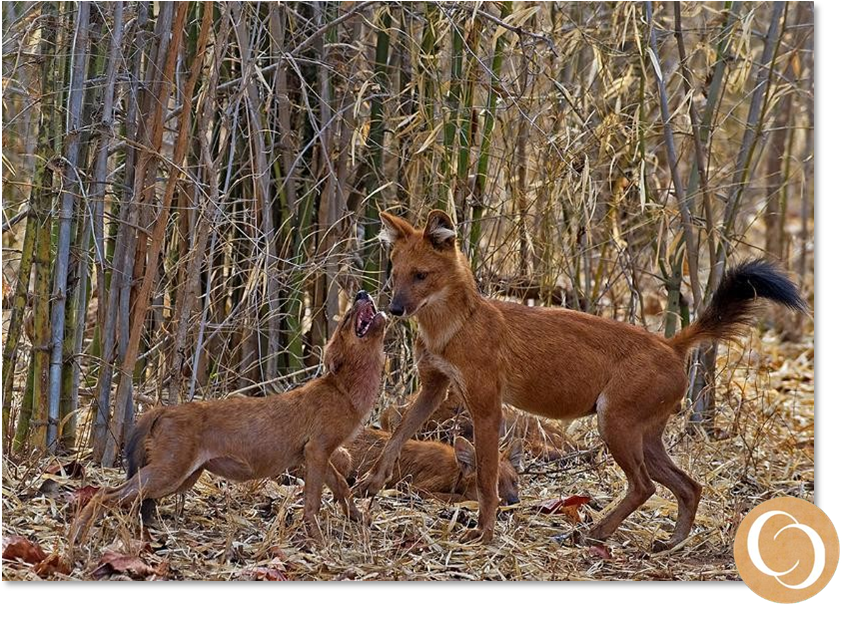
Indian National Parks that You Will Visit
Hemis National Park, Ladakh
Hemis National Park is India’s largest national park and one of the most remote and pristine high-altitude wilderness areas in the world. Located in the eastern part of Ladakh, this vast alpine landscape spans deep valleys, jagged peaks, and windswept ridgelines. It is most famous as one of the last strongholds of the elusive Snow Leopard, which thrives in its barren, rocky terrain. The park is also home to a remarkable diversity of Himalayan wildlife, including Blue Sheep (bharal), Ladakh Urial, Red Fox, Mountain Weasel, and Tibetan Wolf. Hemis offers a rare combination of extreme beauty, spiritual heritage—including ancient monasteries—and raw, untouched nature, making it a pilgrimage for both wildlife enthusiasts and high-altitude adventurers.
Changthang Wildlife Sanctuary, Hanle, Ladakh
The Changthang Wildlife Sanctuary, located on the windswept Tibetan Plateau in southeastern Ladakh, is a stark, surreal landscape of marshlands, rolling steppes, and dramatic mountain ridges. This remote sanctuary is one of the few places in India where species such as the Pallas’s Cat, Tibetan Fox, and Kiang (Tibetan Wild Ass) can be seen in the wild. It is also an important birding region, attracting migratory waterfowl and raptors. The sanctuary’s village of Hanle—home to India’s highest astronomical observatory—serves as a quiet base for exploring this vast, high-altitude habitat. Despite its extreme climate, Changthang teems with biodiversity and offers a rare glimpse into Ladakh’s nomadic pastoral culture and rugged natural heritage.
Tadoba Andhari Tiger Reserve, Maharashtra
Tadoba Andhari Tiger Reserve is one of India’s oldest and most successful tiger conservation areas. Situated in the Chandrapur district of Maharashtra, this 625-square-kilometer reserve features a striking mix of teak forests, bamboo groves, grasslands, and water bodies. The core and buffer zones are known for some of the most consistent tiger sightings in India, with individuals frequently seen on open trails or near lakes. Alongside tigers, Tadoba supports Sloth Bears, Leopards, Wild Dogs (Dholes), and the elusive Black Panther. The Andhari River meanders through the park, supporting diverse prey populations that draw in large predators. Its relatively low tourist density compared to other tiger parks enhances the sense of wilderness and privacy during safaris.
Pench Tiger Reserve, Madhya Pradesh
Straddling the border between Madhya Pradesh and Maharashtra, Pench Tiger Reserve is a picturesque landscape of teak forests, rolling hills, and river valleys that famously inspired Rudyard Kipling’s The Jungle Book. This biologically rich park is not only known for its healthy population of Royal Bengal Tigers but also supports a high density of herbivores, which attract Sloth Bears, Leopards, and Indian Wild Dogs. Pench is one of the few parks in India that offers regulated night safaris in its buffer zones—ideal for spotting nocturnal species such as the Rusty-spotted Cat and Indian Civet. Birdwatchers will also find the park rewarding, with over 250 recorded species. Pench’s open terrain, scenic drives, and active conservation efforts make it a favorite among wildlife photographers and researchers alike.
Singalila National Park, West Bengal
Perched along the Singalila Ridge at elevations ranging from 7,000 to 12,000 feet, Singalila National Park is one of the best places in the world to see the endangered Red Panda in the wild. Located in the Eastern Himalayas near the India-Nepal border, this park is a magical mosaic of rhododendron forests, bamboo thickets, and cloud-kissed ridgelines. Its remote trails are patrolled by expert trackers who assist in spotting Red Pandas, Yellow-throated Martens, and Leopard Cats. The park is also a birder’s paradise, with over 300 recorded species including the Satyr Tragopan, Blood Pheasant, and Fire-tailed Myzornis. On clear days, visitors are rewarded with panoramic views of the Himalayan giants, including Everest and Kangchenjunga. Its beauty, biodiversity, and tranquility make Singalila one of India’s most unique wildlife destinations.
Why Join This Expedition?
- Curated by National Geographic-ranked outfitter
- Over 35 successful Snow Leopard expeditions since 2009
- Comfortable, hand-picked lodges and boutique stays
- Expert guides, trackers, and local naturalists
- Seamless logistics across remote regions
- Travel with like-minded adventurers and wildlife enthusiasts
To Request for the Full Itineraries, Please Get in Touch
Email: hello@chaloafricainc.com
Phone: +1 703 220 6393 | +91 9717275237
Or use the “Help Me Plan” button above

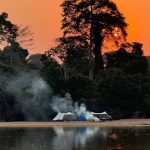
Leave a Reply